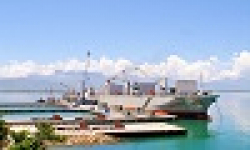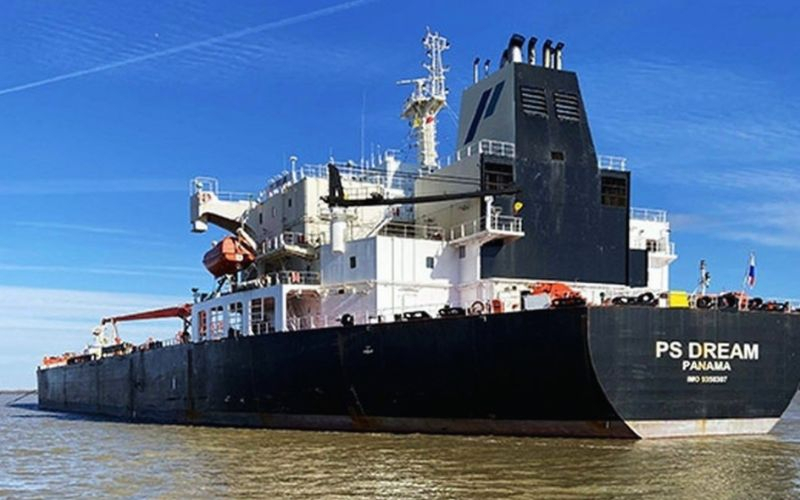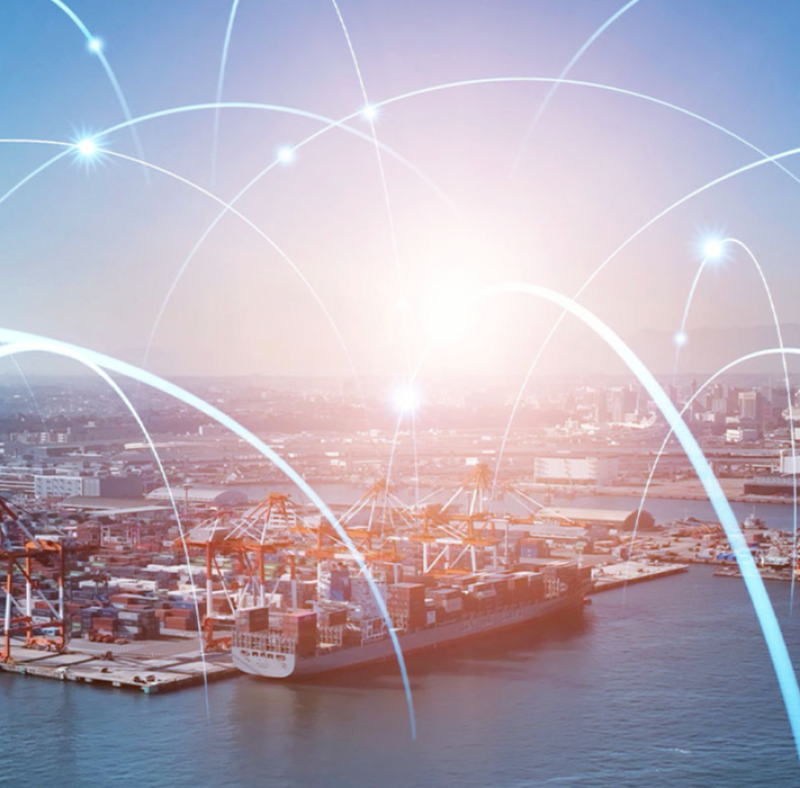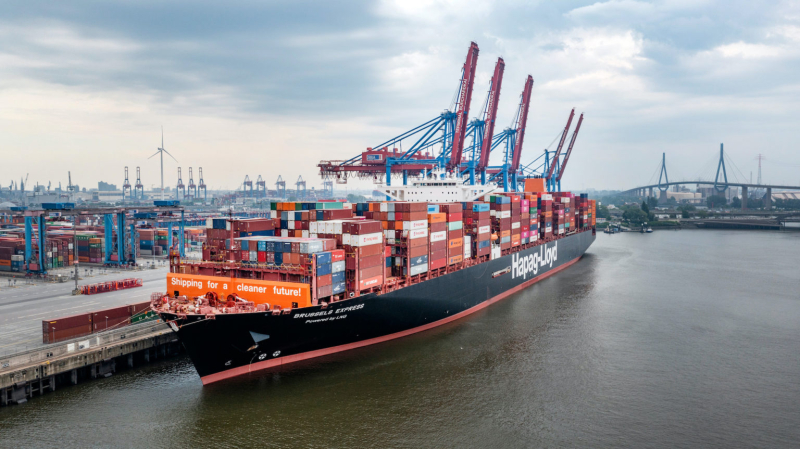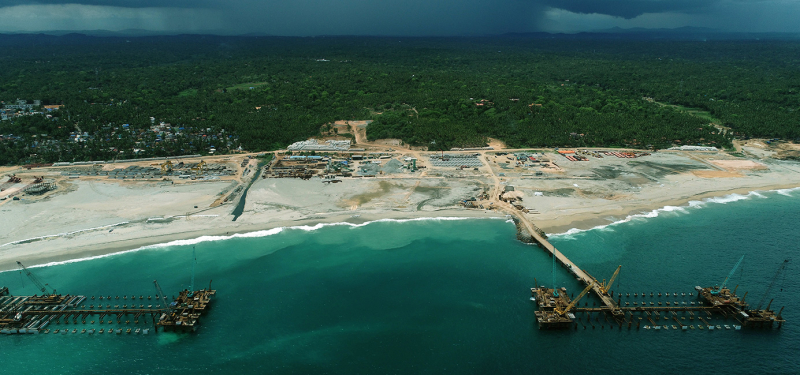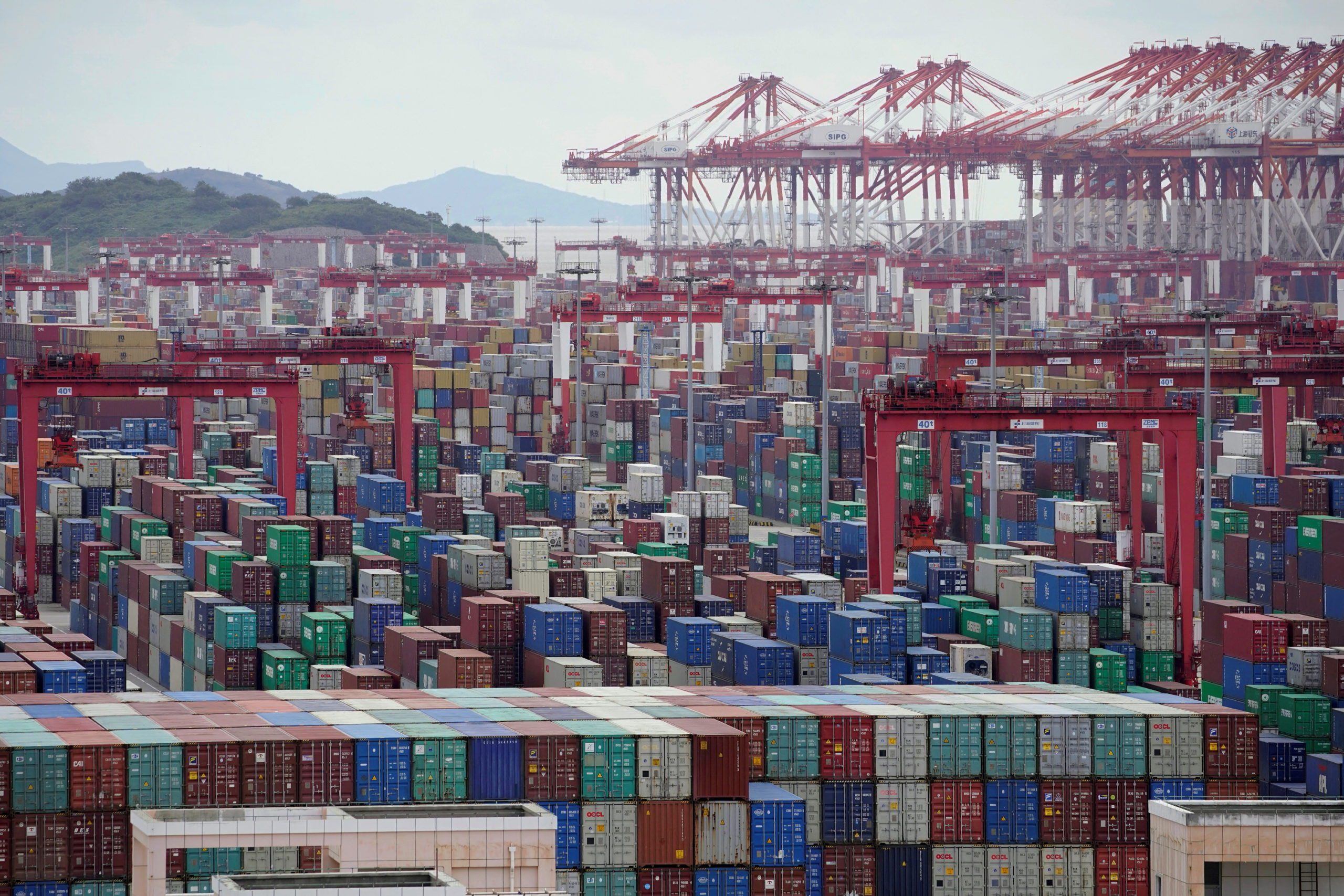
FILE PHOTO: Containers are seen at the Yangshan Deep-Water Port in Shanghai, China October 19, 2020. REUTERS/Aly Song//File Photo
Despite generally weak cargo demand, spot rates on the Asia-Europe trades continued to show gains this week, as carrier capacity management combined with port congestion left space at a premium.
Following a series of general rate increases on 1 November and a new round of freight all kinds (FAK) levels due on 15 November, carriers are adopting a bullish tone in what is traditionally one of the weaker periods of the calendar.
“In the wake of the Golden Week national holiday period in China, demand out of Asia traditionally weakens, with seasonal stock already approaching European shores. However, we are seeing demand bounce back a lot stronger, with higher call for ocean capacity,” Maersk said in a trade analysis yesterday.
This week’s spot rates, sourced from Drewry’s World Container Index (WCI) and Xeneta’s short-term XSI, would appear to show recent pricing supporting this.
The WCI’s Shanghai-Rotterdam leg grew 16% week on week, to finish at $3,954 per 40ft, while the Shanghai-Genoa leg jumped 21%, to $4,399 per 40ft.
“Spot rates on the Asia-Europe tradelane increased for the second consecutive week and Drewry expects this uptrend to continue next week” it noted.
Similarly, Xeneta’s Far East-Europe leg of its XSI saw a 25% week-on-week jump, to $4,105 per 40ft.
Meanwhile, North European ports have continued to struggle to clear backlogs – Hamburg’s port modernisation programme at HHLA’s Altenwerder and Burchardkai terminals remains ongoing and has forced the operator to introduce controls on export containers out of the former.
A Hapag-Lloyd operational update this morning noted that Altenwerder’s storage capacity was at 100%, while its yard utilisation remained high, at 85%.
Maersk added that the approach of winter was also causing issues – heavy fog in Rotterdam could lead to lengthening vessel queues, while in Antwerp, it said, “vessel waiting times remain high due to late arrivals from previous ports”.
In addition, maintenance work on the Belgian port’s quays is expected to last until the third week of December, “contributing to an increased yard density at the terminal”.
As a result, 2M partners Maersk and MSC have had to slide their joint week 48 AE55/Griffin Asia-North Europe sailing by a week.
Meanwhile, it was a very quiet week on the transpacific and Asia-US east coast trades, as everyone waited for the results of the US election, and spot rates on the two trades remained flat for a second consecutive week.
As US shippers digest the implications of a second Trump presidency, however, renewed activity can be expected during the remainder of the year.



